Bloating
Struggling with bloating? Here’s what you need to know to find relief.
ALL TEST ARE ACCREDITED & REGULATED BY



What is bloating?
When you’re bloated, your stomach or abdomen can feel full and uncomfortable, or even painful.
This bloating happens when your gastrointestinal tract contains too much gas or air. Bloating can be mild, or more severe, and may present as:
– A visibly distended or swollen abdomen
– Feeling very full and uncomfortable
– Feeling of tightness in the abdomen
– Excess gas – belching and/or flatulence
– Rumbling or gurgling
There are several causes of bloating, so it’s important to diagnose the cause of your bloating and find out why it’s happening to you.

Why does bloating happen?
Prolonged periods of bloating could indicate an underlying health problem, if so you should see your GP.
Possible causes can include:
Irritable bowel syndrome (IBS diagnosis)
Ulcerative colitis, a form of inflammatory bowel disease (IBD), where the inner lining of the large bowel is inflamed and develops ulcers
Crohn’s disease, the other form of IBD, where some parts of your colon are inflamed
Too much bacteria in your small intestine (called small intestinal bacterial overgrowth, or SIBO)
Gastroesophageal reflux disease
Food intolerances, especially lactose or fructose intolerance
Producing too much gas (dysbiosis and fermentation)
Weight gain
Stress or anxiety
Delays in your food and drink moving on from your stomach (called gastroparesis)
Eating too quickly, so that you swallow too much air (called aerophagia)

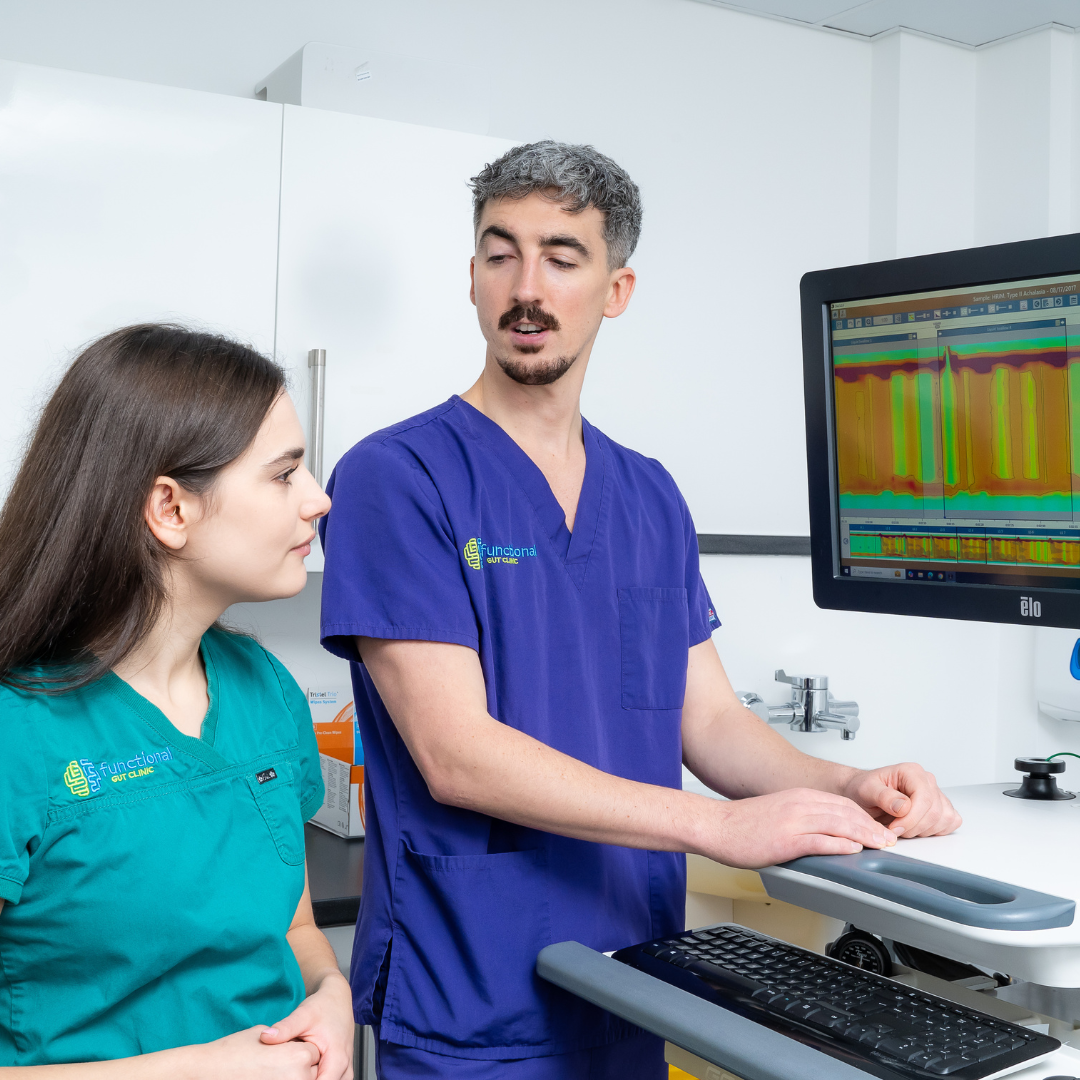
Diagnosing bloating
Feeling bloated is no fun, but once you know what’s going on you can start to manage your symptoms and the underlying causes.
Testing options:
At the Functional Gut Clinic, we can run the following tests to diagnose the causes of bloating:
Gastric emptying test– which measures how quickly food leaves your stomach
Carbohydrate malabsorption breath test– which finds out if you have certain food intolerances (lactose or fructose)
Small intestinal bacterial overgrowth (SIBO) breath test– which finds out if you have an overgrowth of bacteria in your small intestine (called SIBO)
Oesophageal manometry– which measures the function of your oesophagus (food pipe)
24-hour pH impedance monitoring– which looks at whether you have any reflux
Colonic transit study-a non-invasive test which looks at how long it takes for faeces to pass through your bowl
Learn more about bloating

Differences Between Heartburn and Indigestion | FG Clinic
Heartburn and indigestion are often talked about as if they’re the same thing. They’re not. Heartburn is the burning feeling behind your breastbone when acid escapes from the stomach. Indigestion (or dyspepsia), in contrast, is a broader discomfort in the upper stomach after eating.
Both heartburn and indigestion are upper gastrointestinal (GI) complaints. However, while indigestion is usually mild, persistent heartburn can be the sign of gastro-oesophageal reflux disease (GERD). Understanding the cause of heartburn and indigestion will help you know what’s really going on and how best to treat it.
The Differences Between Heartburn and Indigestion
Symptoms of Heartburn vs. Indigestion
The most obvious difference between heartburn and indigestion is the symptoms. While the two conditions might sound similar, the nature of the pain is very different.
Indigestion primarily affects the abdominal region. Heartburn, on the other hand, is felt in the upper chest (often directly behind the breastbone) due to the acid irritation. However, you can experience indigestion and heartburn at the same time.

Causes of Heartburn vs. Indigestion
The symptoms of heartburn and indigestion are telltale signs of each condition. However, these symptoms reflect very different underlying causes (although there is some overlap).
Heartburn
The term “heartburn” is used exclusively for the pain associated with acid reflux. Usually, the acid stays in your stomach. But if there is a weak or relaxed lower oesophageal sphincter it can backflow, causing irritation and pain. If this acid reflux is persistent, it’s known as GERD.
Heartburn is extremely common. It’s estimated that 8.8-25.9% of people in Europe have GERD (not just acid reflux).
Some of the main risk factors include:
Large or fatty meals
Lying down soon after eating
Overweight/obesity
Pregnancy
Smoking
Alcohol, coffee, fizzy drinks
Spicy or acidic foods
Certain medications
Hiatus hernia
Indigestion
Indigestion, or dyspepsia, isn’t a specific symptom. It’s a general discomfort or pain in the upper stomach that usually occurs during or after eating. It isn’t a single disease, but a cluster of symptoms that can include:
Upper abdominal pain or burning
Feeling full quickly while eating
Uncomfortable fullness or bloating after meals
Nausea, belching, or mild vomiting
Unlike heartburn, indigestion isn’t about the backflow of acid but how your stomach handles food. In most cases, indigestion is caused by eating too much or too fast. Certain foods can also increase the risk of indigestion, such as fatty foods, caffeine, and carbonated and alcoholic drinks. Other triggers include smoking, stress, and swallowing air (aerophagia).
In rare cases, indigestion is the sign of an underlying condition. Persistent dyspepsia can be linked to stomach cancer, IBS, lactose intolerance, gallbladder disease, peptic ulcers, and more.
Connection Between Heartburn and Indigestion
There’s a reason heartburn and indigestion are commonly confused. The two conditions often occur together and share several triggers (including large or fatty meals, alcohol, and stress).
In fact, indigestion is sometimes caused by GERD, as the reflux irritates the stomach lining. That’s why people report a mix of symptoms: burning in the chest alongside bloating, belching, or nausea.
In fact, indigestion is sometimes caused by GERD, as the reflux irritates the stomach lining. That’s why people report a mix of symptoms: burning in the chest alongside bloating, belching, or nausea, as well as a sudden taste of sour fluid in the mouth, known as Water brash.
It’s essential to distinguish between these symptoms to understand what’s happening.
Preventing Heartburn and Indigestion
Whether you’re struggling with heartburn, indigestion, or both, you can relieve your symptoms with some simple tips:
Eat smaller meals
Lose weight (if you’re overweight or obese)
Minimise trigger foods, e.g. fatty foods, alcohol, coffee, spicy foods
Limit your food intake 2-4 hours before bed
Focus on a diet rich in whole foods, e.g. fruits, vegetables, whole grains, lean meats
Quit smoking
Raise your head when sleeping
Take an antacid during an acid attack
Find some ways to manage stress, e.g. yoga, breathing exercises, walks
If your symptoms persist, consult your doctor. If you experience any blood in your stool, unintentional weight loss, yellowing of the skin or eyes, swallowing problems (dysphagia), frequent vomiting, or blood in vomit, then seek urgent medical advice.
Get Relief from Heartburn and Indigestion
You don’t have to put up with constant burning or stomach discomfort. If heartburn or indigestion keeps coming back, it could be a sign of an underlying issue. The Functional Gut Clinic specialises in diagnosing and treating gastrointestinal symptoms, helping you move beyond guesswork and find lasting relief.
Hear from people we’ve helped, just like you.
"Very professional while welcoming and friendly"
"The manner and demeanour of all staff from reception to people carrying out the test was very professional but welcoming and friendly. Atmosphere is very relaxed and all instructions clear and concise."
London Patient

"Highly recommend this"
"Thanks to Dr Hobson and everyone at the Functional Gut Clinic. The whole team is very kind and generous and they are doing things that are cutting edge and they actually get results."
Manchester Patient

"Highly recommend this"
"After stopping my lansoprazole, every time I had a warm drink, I could feel it burn all the way down to my stomach. Thank you to Sam for making me feel at ease." - Manchester Patient

"My experience could not be better"
"Pleasant and knowledgeable staff that made the experience more enjoyable than it should be!" - London Patient

"Very friendly and knowledgeable"
"An excellent service from beginning to end. I would recommend to anyone who was considering having testing done. Very friendly and knowledgeable!" - Manchester Patient

"Very kind and helpful"
"It was also great to have time to talk to the clinicians – very important when you have problems. Reception staff also very kind and helpful." - Manchester Patient

Are you experiencing any other symptoms
Symptoms are often closely connected. Find out more below.
Reflux
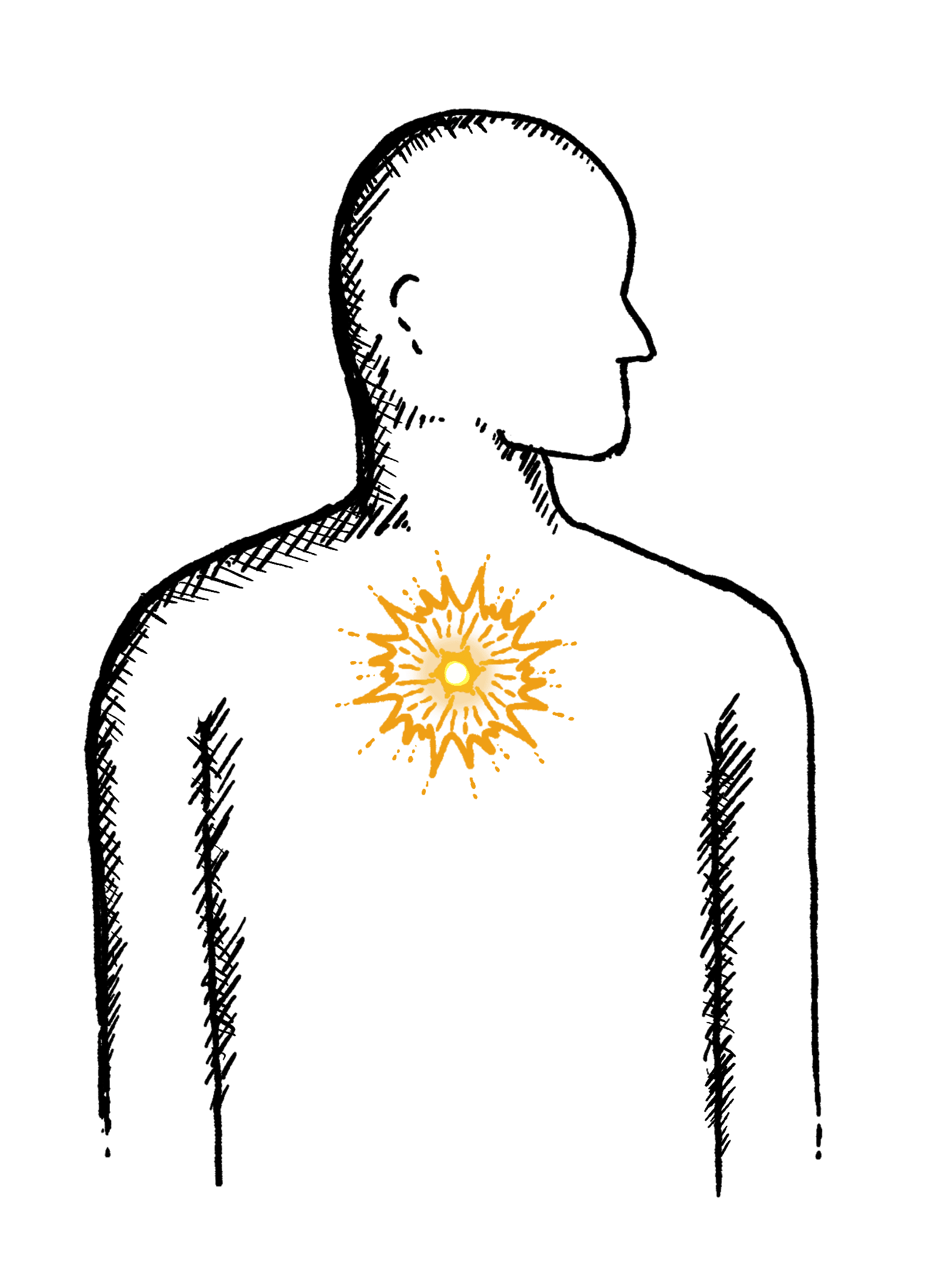
Burning mid-chest, worse when bending or lying down
Constipation
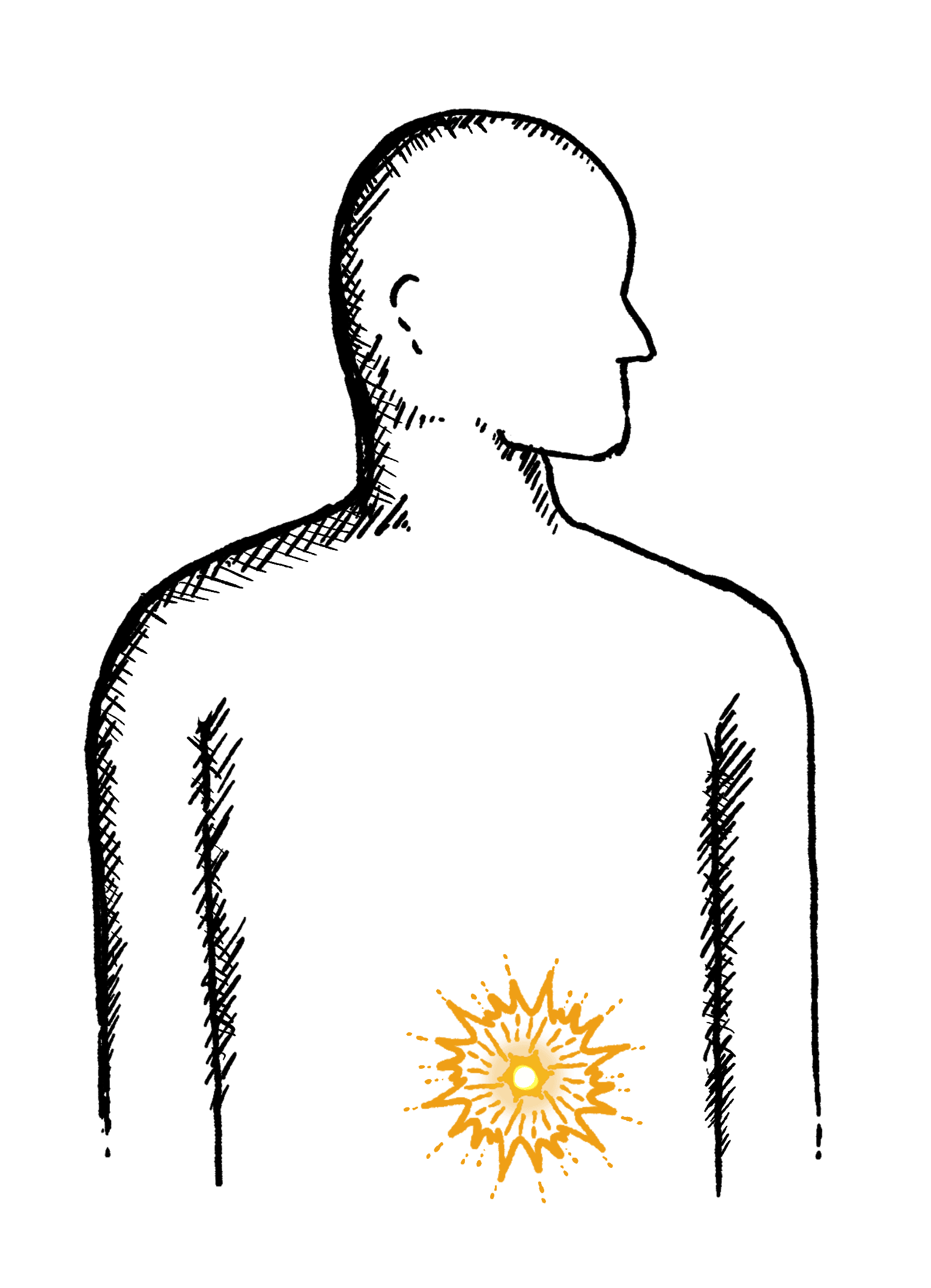
Difficulty going to the toilet, unusual stools, often with stomach ache or intestinal cramps, bloating, nausea or appetite loss
Heartburn

A burning pain in your chest, just behind your breastbone.
The pain is often worse after eating...
Regurgitation
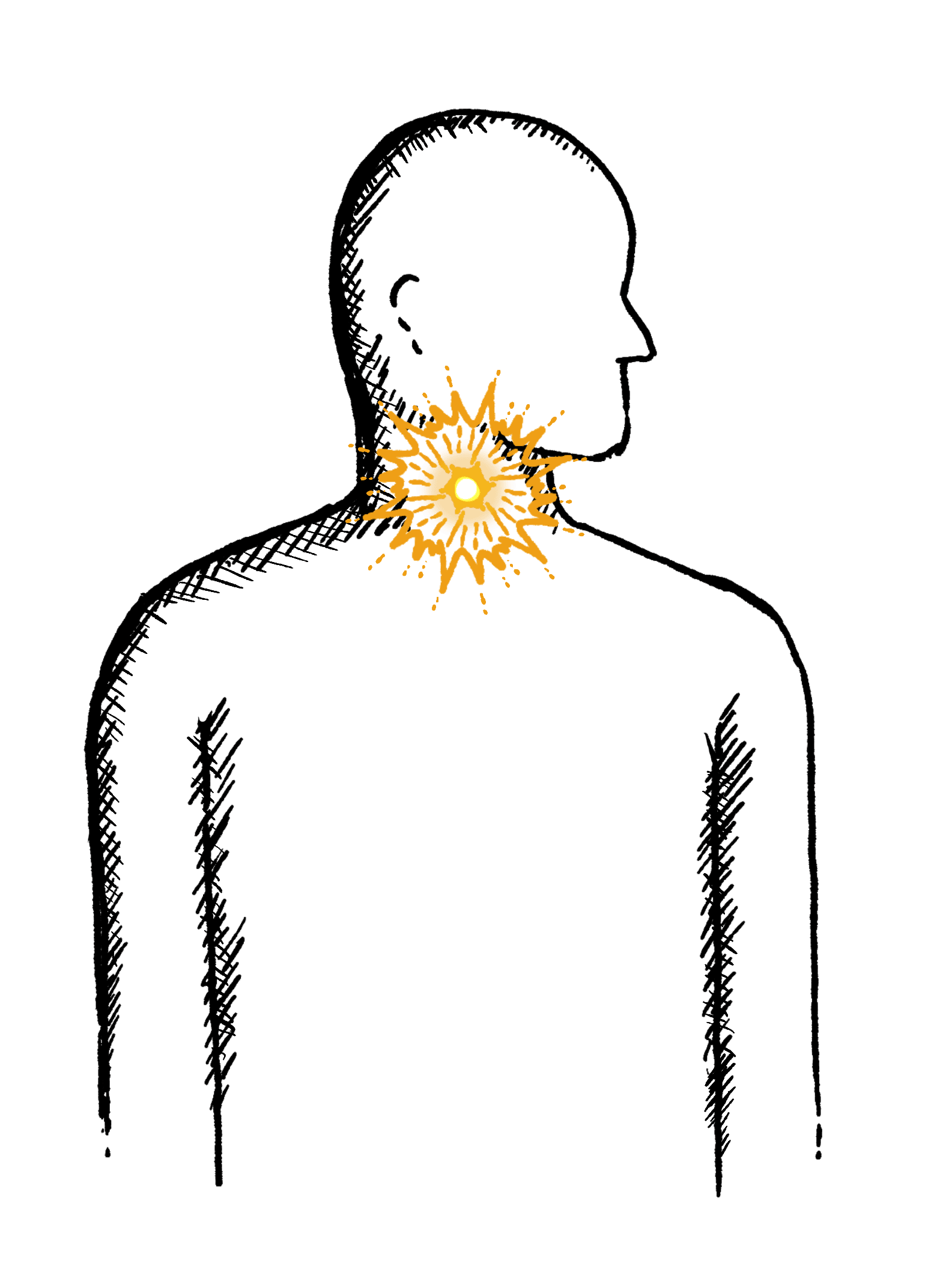
Bringing food or drink back up, difficulty swallowing, feeling that food or drink is stuck in your throat, horrible taste in your mouth
Swallowing Issues

Dysphagia - difficulty swallowing, feeling that food or drink is stuck in your throat, horrible taste in your mouth
Diarrhoea
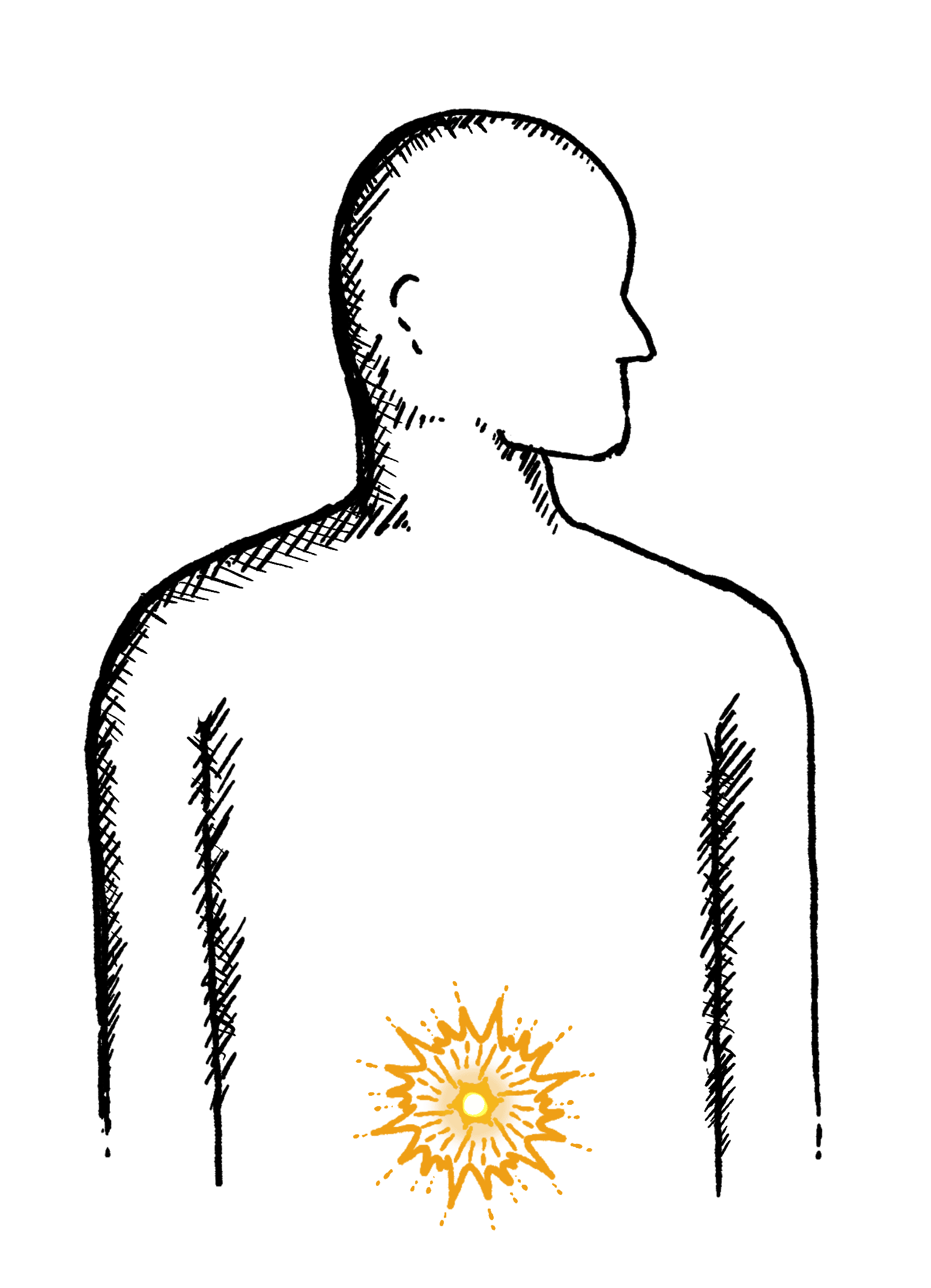
Loose or explosive stools, can’t get to a toilet in time
Abdominal Pain
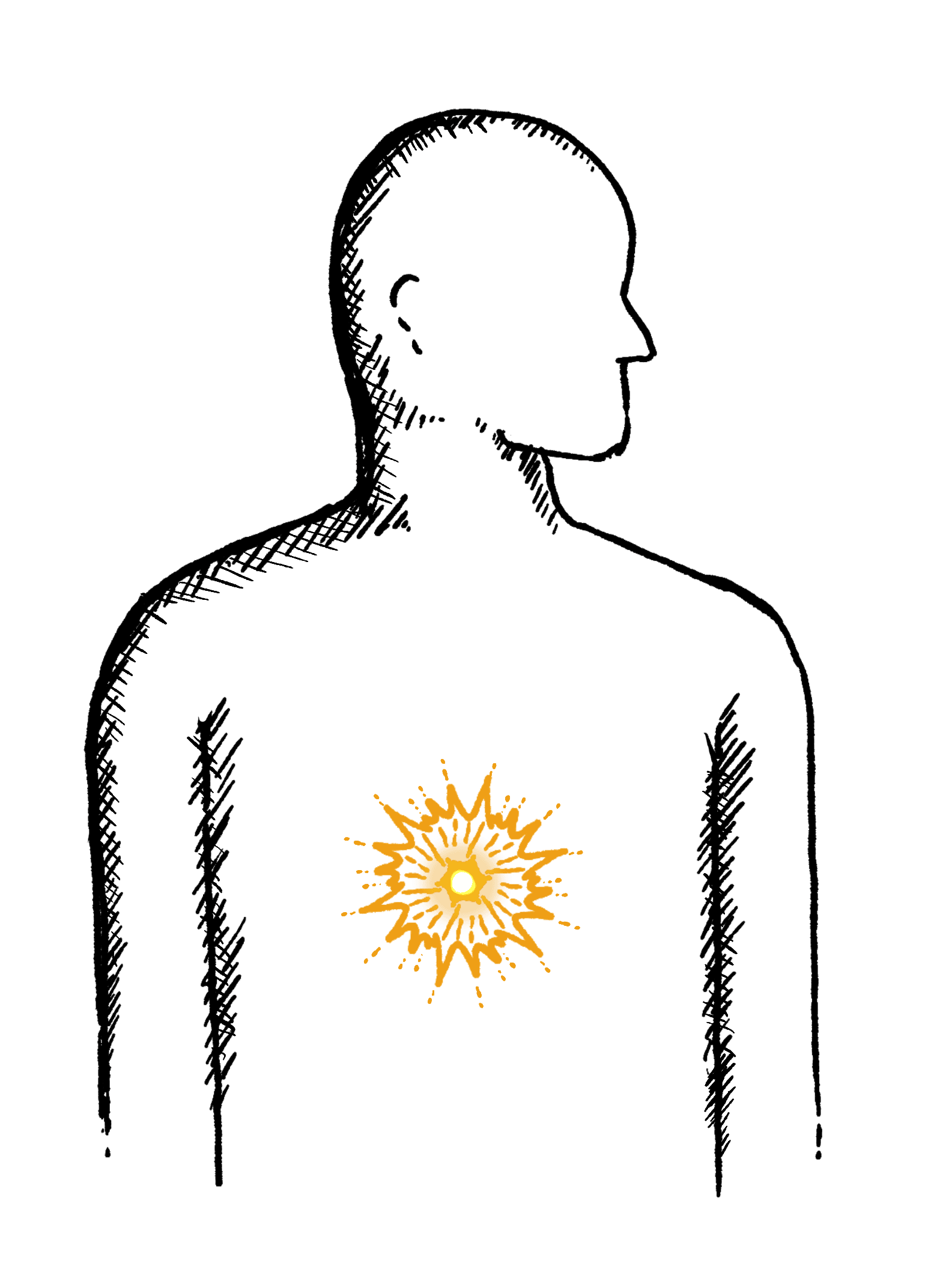
Cramps; sharp or dull pain, Bloating, Excessive belching, Nausea or vomiting
Faecal Incontinence

Stools leak unexpectedly, Can’t get to a toilet in time
IBS
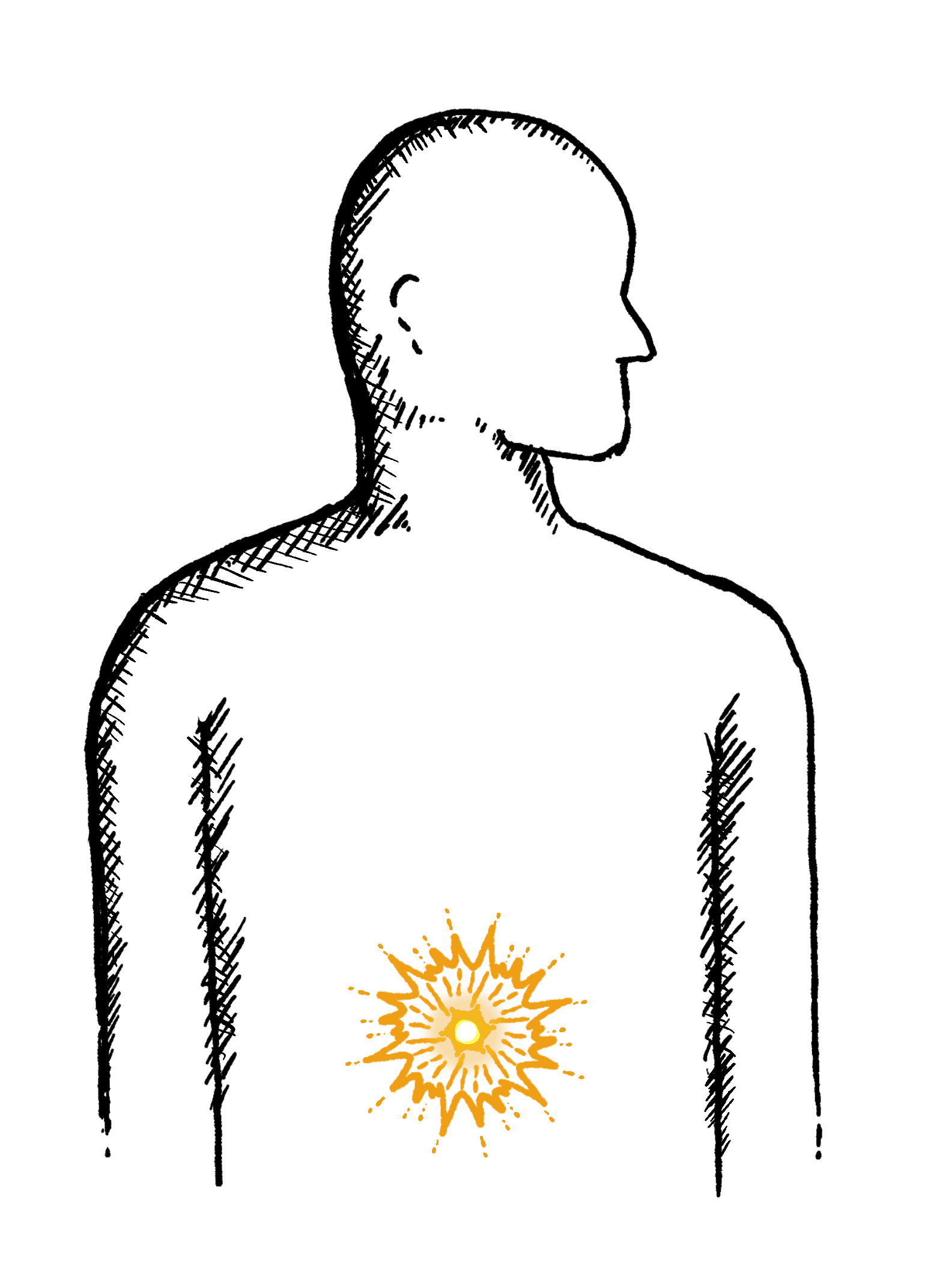
Abdominal pain or cramping, bloating, changes in bowel habits and urgency, gas

